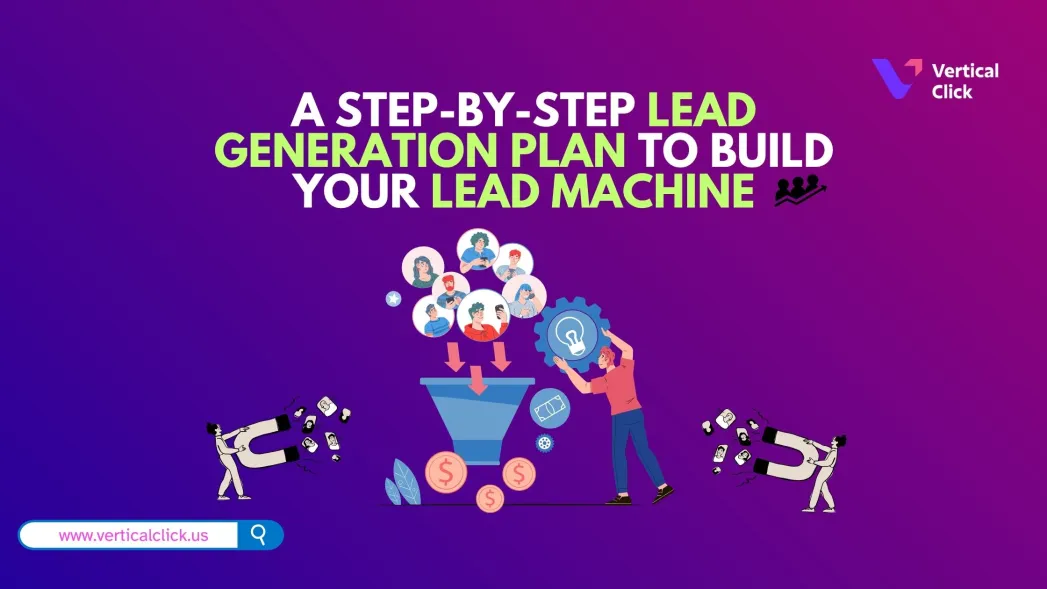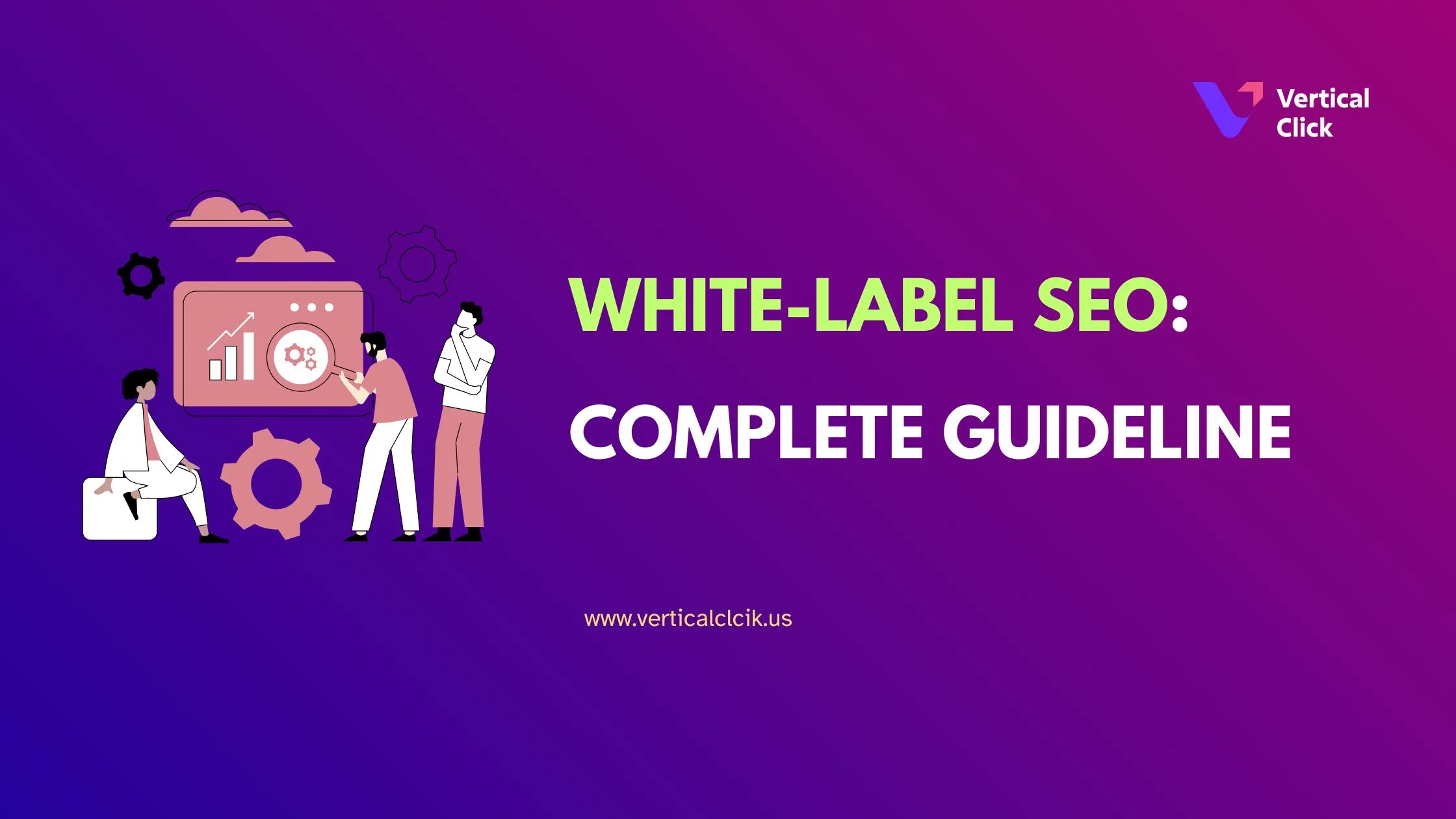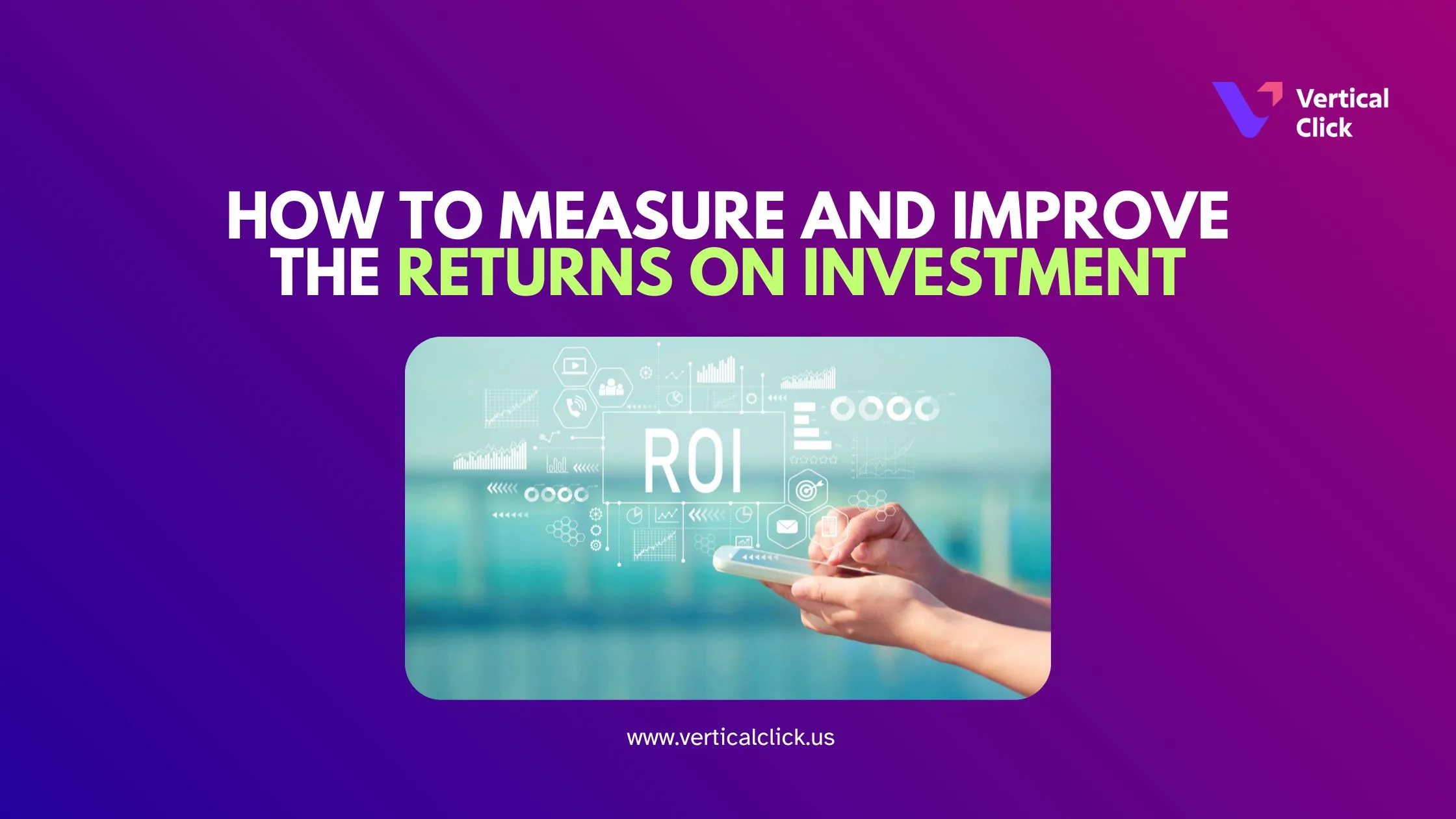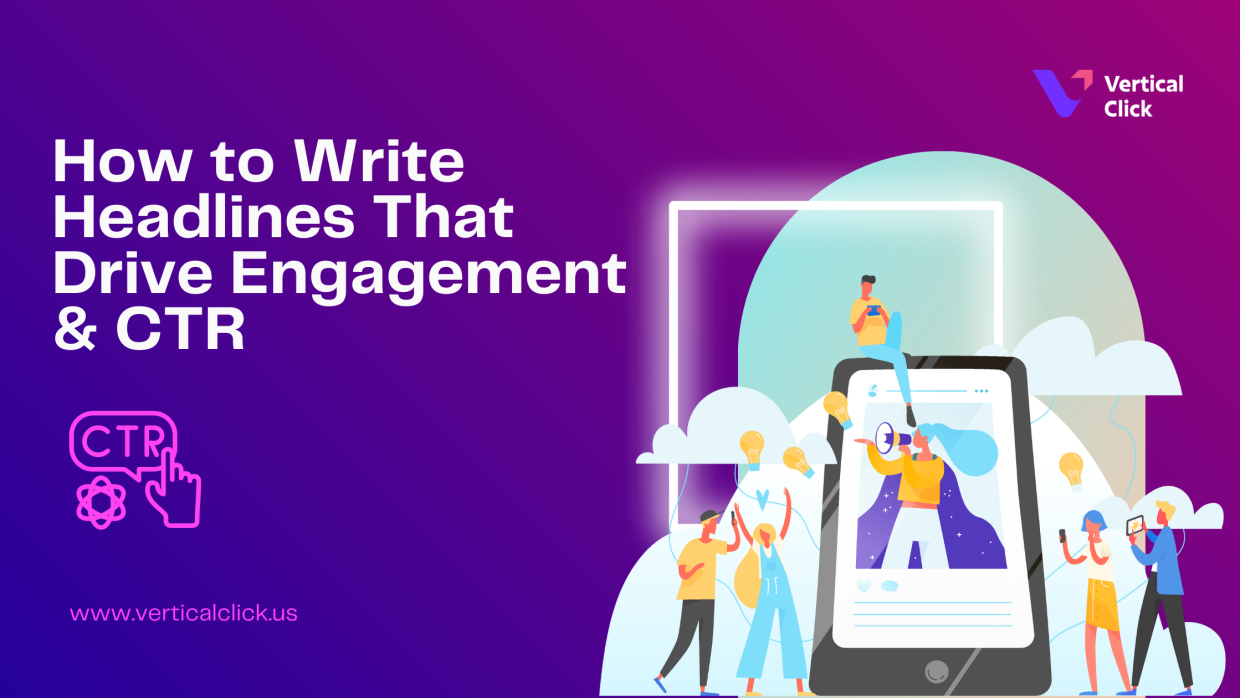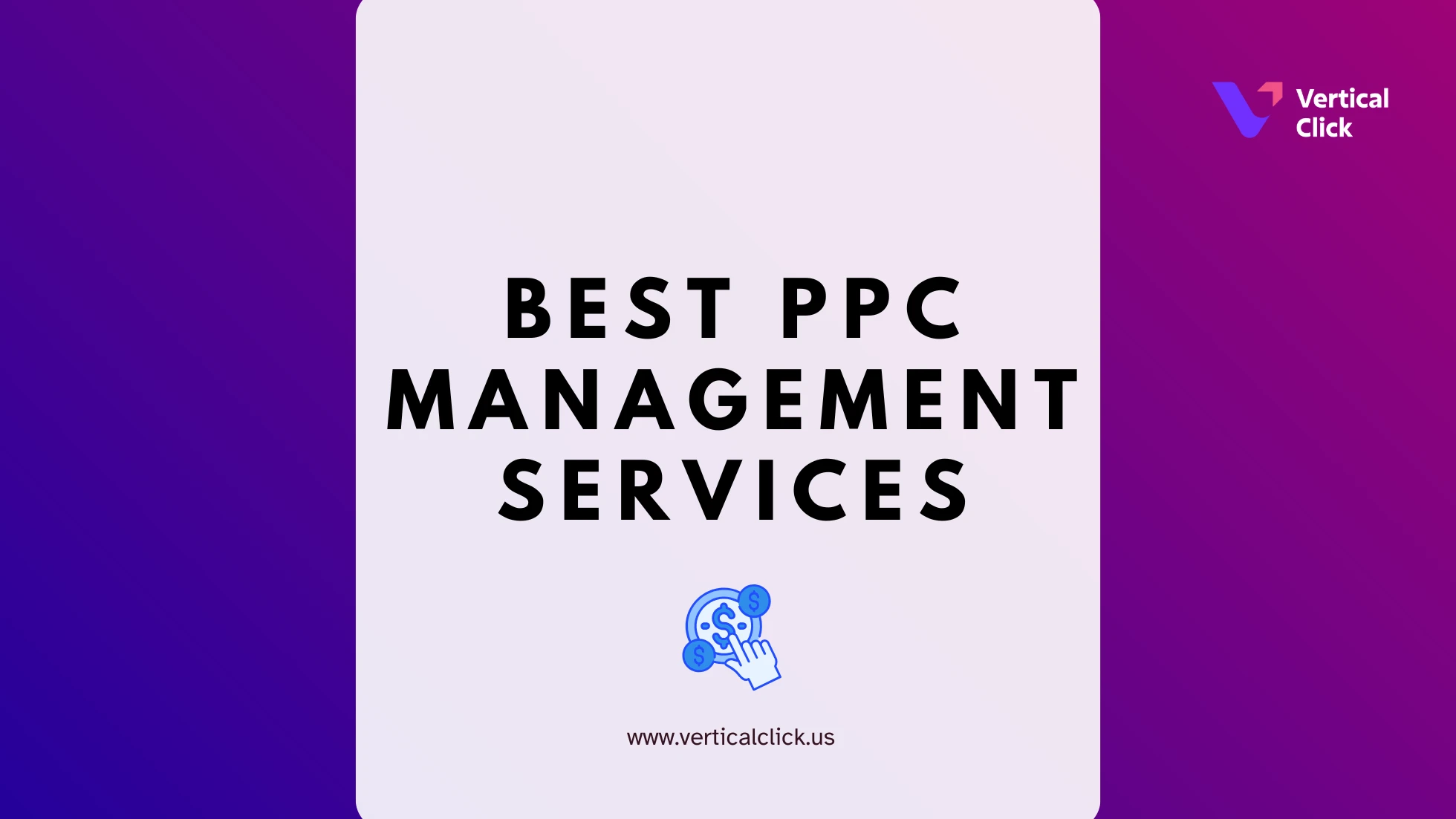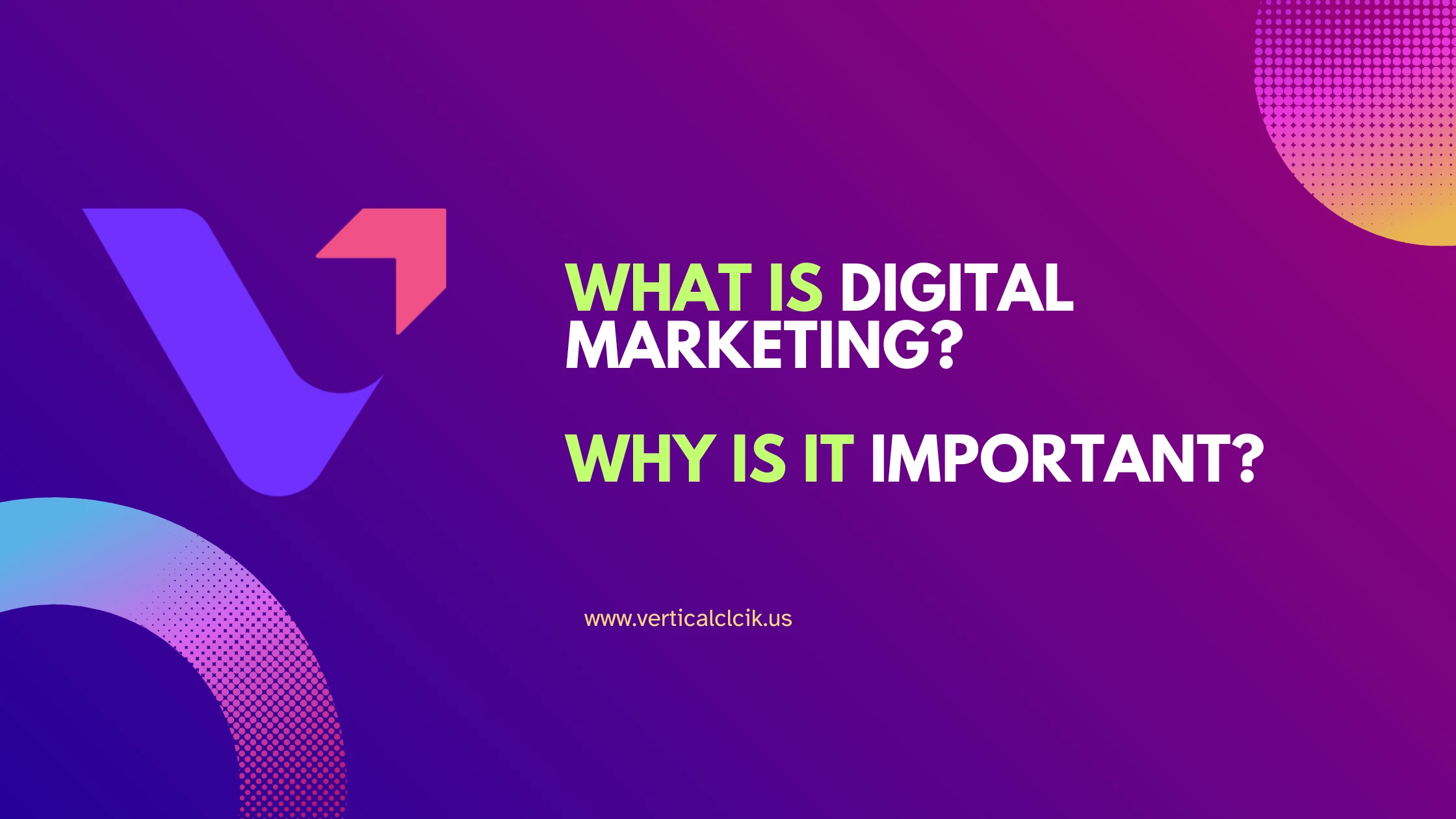Lead generation is the act of drawing potential customers to buy something from one and then converting them into buyers. A clear plan for even better growth is that it would have to take in quality leads on a more regular basis.
This guide is a step-by-step tutorial in building a lead generation system, from defining your audience to tracking results. These steps are for you; whether you are just getting started or refining your current strategy, they will help generate even better leads.
Step 1: Know Your Ideal Audience
To attract the right leads, one needs to learn first and then go ahead and design one’s target segment with clarity. The area of focus is the person or company that most needs your offering: who they are, their title, their industry, what issues they are facing, and what drives their buying infrastructures. Once you have a good understanding of who your audience is, you can tailor-make your marketing specifically for them.
Step 2: Deciding Specific Goals
Your lead generation efforts should have very clear and measurable goals. More leads are no longer desired; instead, be very clear about the precise result you hope to achieve, such as a 20% increase in email sign-ups or 200 new leads in 60 days. The next step is to remain focused on your tasks and determine whether your plan is effective.
Step 3: Choose Marketing Platforms Safely
Every business doesn’t work through the same platforms. Choose the channels that your target audience watches. Search engines, like SEO, are accepted, as are email, LinkedIn, webinars, social media, and paid ads. Start with one or two channels and put your energy there before expanding into others.
Step 4: Create an Unbelievable Offer
People are not going to give you their contact information free of charge; you have to offer them something worth it. This can be free guidance, checklists, webinars, templates, or discounts. Make your offer considerate of a real solution to a problem or answers to their significant question. You will receive more leads if your offer is better.
Step 5: Build a High-Converting Landing Page
Offer the page that your users are on when they click on your offer; it should be focused, simple, and convincing. A nice landing page includes:
- A clear headline
- Quick explanation of the offer
- A short form (only ask for what you need)
- “Book a Demo” or “Download Now” are examples of powerful calls to action
- This is how you effectively become a vehicle for translating visitors to leads
Step 6: Place CTAs all Over
According to CaaS (Client Accounting and Advisory Services), we should advise the clients on what to do next. Include these in your email news, blog posts, and social media bios. Also, include them in your videos and site banners. Just pack them with visibility and action-oriented content, like “Get Your Free Guide” or “Sign Up in Seconds.”
Step 7: Follow Up Your Leads
Now, once you have a lead, it is time to build a relationship. Immediately send a thank-you or welcome email. Use email sequences to share helpful content, build trust, and eventually pitch your product or service. You can also score your leads (assign points based on their interest) so you know which ones are ready to buy.
Step 8: Measure, Improve, and Repeat
From time to time, check the results. The number of visitors to the landing page, the number of conversions becoming leads, and then the transformation into customers make regular tracking. When something isn’t working, like a low conversion rate, test a new offer, rewrite your CTA or improve it, and keep improving the system, one better each day.
Conclusion
It doesn’t have to be complicated to set up a lead generation plan. The basics should be sufficiently focused on knowing your audience, offering real value, and following up on action. So, proper tools and a clear plan can set this lead machine into motion without losing a beat, the right customers coming in and converting into lifetime customers.
